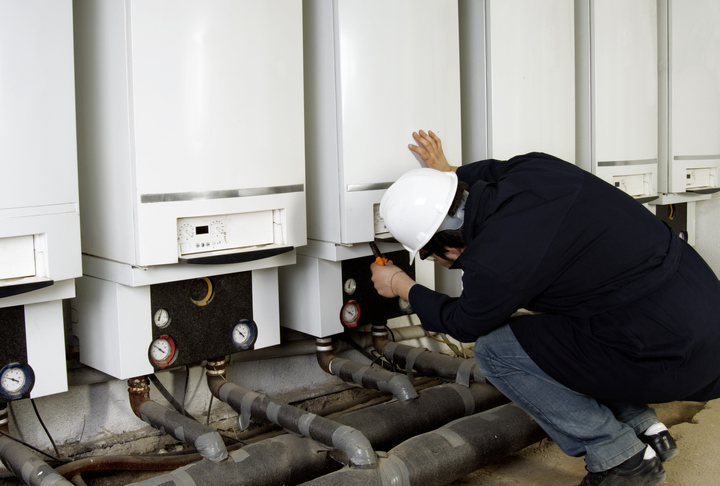As a homeowner, ensuring the safety and integrity of your property is of utmost importance. When it comes to plumbing systems, particularly polybutylene pipes, vigilance is key. Polybutylene pipes were once popular in Canadian homes but have since garnered a reputation for their propensity to fail, causing water damage and costly repairs. If you suspect that your property contains polybutylene pipes, it’s crucial to hire professionals for assessments and evaluations. In this guide, we’ll explore the reasons why professional assessments and evaluations are essential, and how they can pave the way for polybutylene pipe replacement.
Understanding the Polybutylene Pipe Issue
Polybutylene pipes were widely used in plumbing systems in Canada and the United States between the 1970s and 1990s due to their affordability and ease of installation. However, these pipes have proven to be highly problematic and are associated with numerous issues, including:
- Leakage: Polybutylene pipes are prone to developing micro-fractures over time, leading to leaks and water damage.
- Reduced Water Quality: As polybutylene degrades, it can affect the water quality in your home.
- Insurance Implications: Many insurance companies view polybutylene pipes as a risk factor, potentially leading to increased premiums or even coverage denials.
- Costly Repairs: Frequent repairs and replacements can quickly become a financial burden for homeowners.
Given these concerns, it’s imperative to address the issue promptly. However, it’s equally important to approach it with a well-informed and professional perspective.
The Role of Professionals in Assessments and Evaluations
- Identification: The first step in addressing polybutylene pipe issues is proper identification. You need professionals who can determine whether your plumbing system contains polybutylene pipes.
- Assessment of Condition: Even if you have confirmed the presence of polybutylene pipes, not all of them may be in the same condition. Professionals can assess the state of these pipes to determine the extent of degradation and risk.
- Recommendations: Once assessments are complete, professionals can provide recommendations based on the findings. This includes guidance on whether polybutylene pipe replacement is necessary, or if a repair may suffice in certain cases.
The Benefits of Professional Polybutylene Pipe Assessments and Evaluations
- Accurate Identification: One of the primary benefits of hiring professionals is their ability to accurately identify the presence of polybutylene pipes. DIY assessments may lead to incorrect conclusions, potentially causing unnecessary stress and expenses.
- In-Depth Evaluations: Professionals possess the experience and tools necessary to conduct thorough evaluations of the plumbing system. They can assess the overall condition of the pipes, identifying any immediate concerns or potential future issues.
- Customized Solutions: Based on their assessments, professionals can tailor their recommendations to your specific situation. This ensures that you receive the most appropriate guidance, whether it involves complete polybutylene pipe replacement, partial replacement, or repairs.
- Compliance with Regulations: Hiring professionals ensures that all work is carried out in compliance with local regulations and industry standards. This is crucial to maintain the safety and value of your property.
The Polybutylene Pipe Replacement Process
If the assessments and evaluations confirm the need for polybutylene pipe replacement, it’s essential to understand the steps involved in this process.
- Pipe Removal: The first step is to remove the existing polybutylene pipes from your plumbing system. This can be a delicate task to avoid further damage to your property.
- Pipe Replacement: After removal, professionals will replace the polybutylene pipes with more reliable and durable materials, such as PEX or copper pipes.
- System Testing: The plumbing system is thoroughly tested to ensure that there are no leaks or issues. This step is vital to prevent future water damage and to guarantee the integrity of the new pipes.
- Repairs and Restoration: If any damage has occurred due to the failing polybutylene pipes, professionals can repair and restore affected areas.
Why DIY Approaches Are Risky
While it may be tempting to attempt DIY assessments and polybutylene pipe replacement, it’s important to recognize the risks involved in such an approach.
- Inaccurate Identification: Identifying polybutylene pipes can be challenging, and mistakes can lead to unnecessary costs or unaddressed issues.
- Lack of Expertise: Proper assessments and evaluations require specialized knowledge and tools that most homeowners lack.
- Potential Damage: DIY pipe removal and replacement efforts can result in damage to your property, leading to additional expenses.
- Safety Concerns: Mishandling plumbing systems can result in safety hazards, such as water leaks and flooding.
In Conclusion
Polybutylene pipes have a history of causing significant issues in Canadian homes. When dealing with the prospect of polybutylene pipe replacement, hiring professionals for assessments and evaluations is the wisest course of action. Their expertise ensures accurate identification, in-depth evaluations, and customized recommendations, ultimately leading to a safer and more reliable plumbing system. Protect your investment and the value of your property by entrusting this critical task to professionals who understand the complexities of polybutylene pipe issues.

Recent Comments